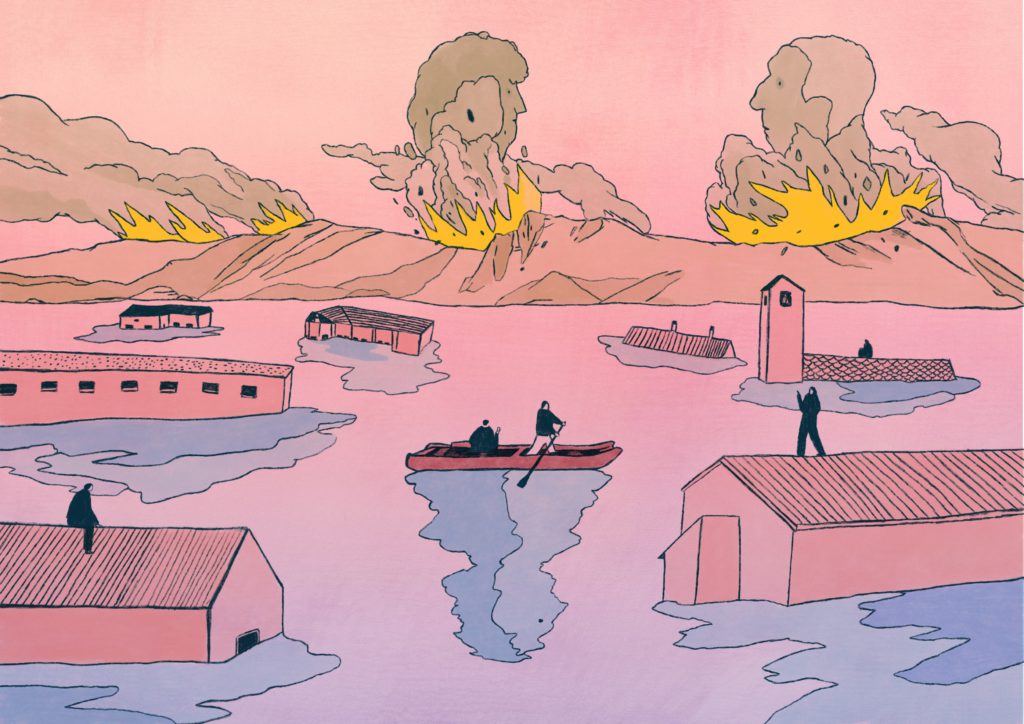
Pau Gasol
Description
The Trace the Face website is the result of an initiative led by a number of European National Societies, developed with the technical support of the International Committee of the Red Cross (ICRC) in Geneva. It aims to help people in migration situations to re-establish contact with their relatives from whom they have been separated as a result of conflict, natural disaster, international migration or humanitarian crisis.
Trace The Face is a virtual photo gallery of people searching for one or more family members.
In order to publish their photo, the relatives of missing persons must approach the Restoring Family Links (RFL) service of the National Red Cross or Red Crescent Society or the ICRC delegation in their country of residence to open a tracing request and give their agreement for publication.
Only photos of people searching for their loved ones may be published.
Photos of people who are missing and wanted cannot be published.
Photos of minors under the age of 15 may not be published in compliance with current national and European laws, in particular the RGPD.
To view the photos, you just need to be connected to the Internet to access the Trace The Face site, from anywhere in the world.
Context
The initial idea behind Trace The Face was to improve the global RFL network’s practices in the event of families losing contact along the migratory routes to and through Europe, and when services and families did not have sufficient information about the country of loss of contact to conduct a search.
Technical details & Operations
The Restoring Family Links services offer people looking for a loved one the opportunity to publish their photo on the site as an additional means of finding their family member.
This tool complements the tracing request made to the Red Cross or Red Crescent Family tracing service in their country of residence.
During an individual interview, as much information as possible is gathered on the identity of the persons sought and the circumstances of the break in contact.
This information is then passed on to the other RFL services in the countries in which the searches are to be carried out. The exchange and transmission of personal information is always subject to the prior consent of the person concerned (obtained by means of a signed consent form).
The Trace The Face tool is available in two formats:
- The Trace The Face website
- Trace The Face monthly posters, featuring 16 photos taken from the site. Each month, the same poster is distributed in all the countries participating or interested in this project, and displayed in places frequented by the migrant public (reception and transit areas).
Confidentiality of data on the site:
Only the photo of the person searching (thanks to their written consent) and their family link to the person(s) they are looking for are shared publicly. No other information about the person is accessible. It is therefore not possible to obtain information about the person whose photo has been published (personal details and country of residence) or to contact them directly via the site.
If someone recognizes the photo of their loved one, they will need to fill in a contact form, indicating their contact details and their wish to be put in touch with the recognized person. However, it is only after careful checks by RFL services and the agreement of the person who has published his or her photo that the two people can be put in touch again, at the end of a regulated process.
Deployment & Impact
The Trace The Face website has become an essential research tool for RFL teams around the world. It also promotes the RFL mission both nationally and internationally, to target audiences, institutions and partners.
Trace The Face was initially designed in response to the 2015 European migration crisis. The site then expanded significantly to countries in southern Africa.
The new version of Trace The Face has been online since November 30, 2023. The long-term objective is to promote the tool and its use in everyday RFL practices worldwide.
The new site is already available in 9 languages: French, English, Spanish, Arabic, Dari, Pashto, Somali, Shona and Ndebele.
- Today, almost 6,000 photos are available on the site.
- New photos are published every day
- Since its creation, 283 families have been reconnected thanks to Trace The Face.
- 83 nationalities are represented; the most common countries of origin are Afghanistan, Iraq, Somalia, Guinea, DRC and Eritrea.
- 40 countries are already taking part in the project, with a view to expanding to continents that are still under-represented.





